Summer at Sea: FSU scientists set sail on NSF-funded research expedition
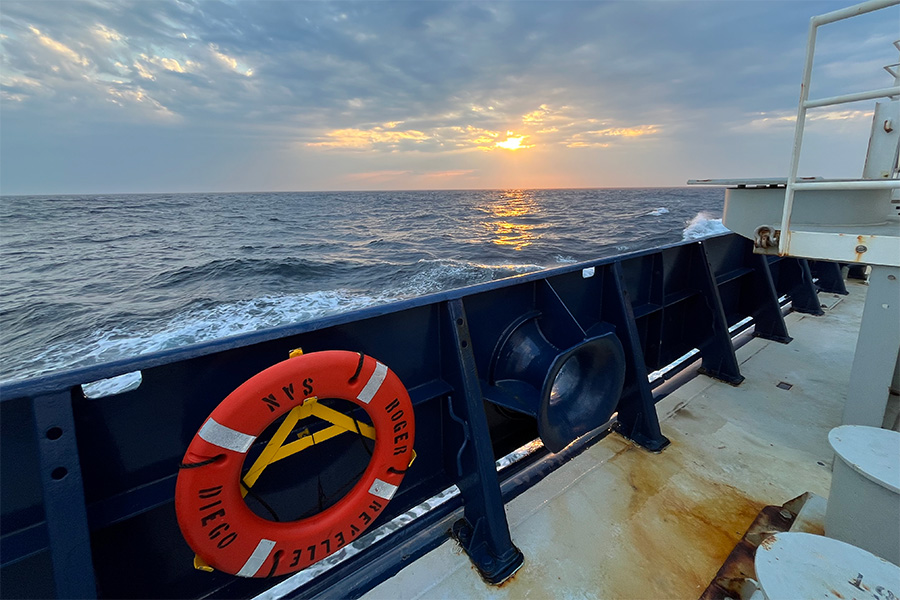
This summer, a Florida State University faculty member and three graduate students are spending part of the season afloat as part of a National Science Foundation-funded research expedition.
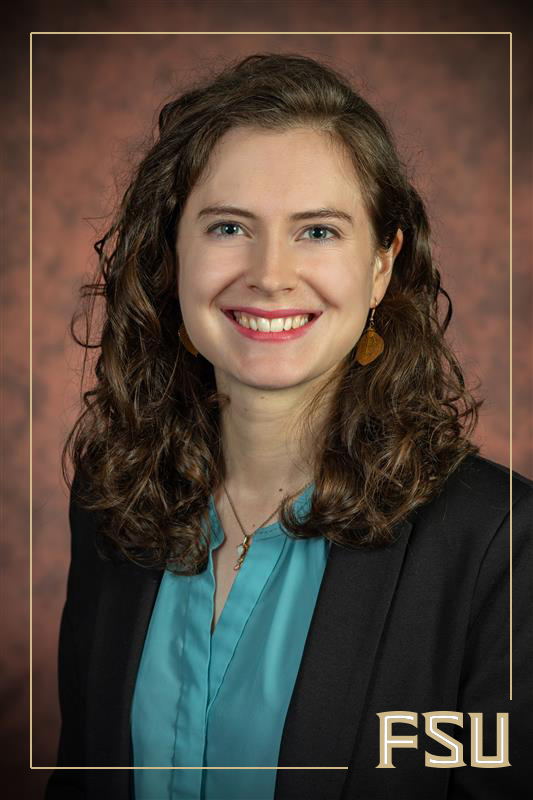
The team of oceanographers, including Department of Earth, Ocean and Atmospheric Science assistant professor Lisa Herbert and graduate students Ariana Lovings, Julianne McHenry and Aliya Ohayon, are sailing from Massachusetts to Iceland aboard the research vessel Roger Revelle for five weeks as part of the international Sediment Exchange Along the Labrador Sea Expedition, or SEALS Expedition.
The team will research trace elements like iron in the ocean to help us better understand how marine sediments affect seawater chemistry, which is vital to sustaining marine life, regulating climate and providing resources for humans — from food security to economic benefits like the livelihood of coastal communities, transport, commerce and energy production.
“Limiting nutrients are those whose availability limits the growth of phytoplankton, microscopic organisms that live at the surface of the ocean,” said Herbert, one of the project’s principal investigators. “More phytoplankton in the water provides more food for the ecosystem, and greater phytoplankton growth removes more carbon dioxide from the atmosphere.”
The SEALS Expedition, funded by NSF’s Marine Geology and Geophysics Core Program and Chemical Oceanography Program, has two aims: to explore marine sediments at the bottom of the North Atlantic Ocean as sources of highly valuable rare earth elements, a set of 17 metallic elements that are crucial to the production of modern technologies, and to investigate fluxes, or movement, of iron in regions of deep water like the Labrador Sea, which borders Newfoundland, Canada and Greenland.
“Understanding how limiting nutrients like iron exist and move in the ocean helps us understand how the marine ecosystem is sustained, and it also helps us understand how much carbon the ocean removes from the atmosphere as well as how these datapoints can change depending on shifting conditions like increased ice melt, varying sediment delivery or changing currents,” Herbert said.
To analyze the seafloor, which has an average depth of over 12,000 feet, the team collects samples using specialized equipment such as the multicorer, a machine that looks like a lunar lander with a conical shape stretching 12 feet tall and nine feet in diameter. Once it’s dropped in the water and touches the seafloor, eight tubes in the center are slowly pressed into the seafloor by lead weights to collect intact samples of the sediment-water interface.
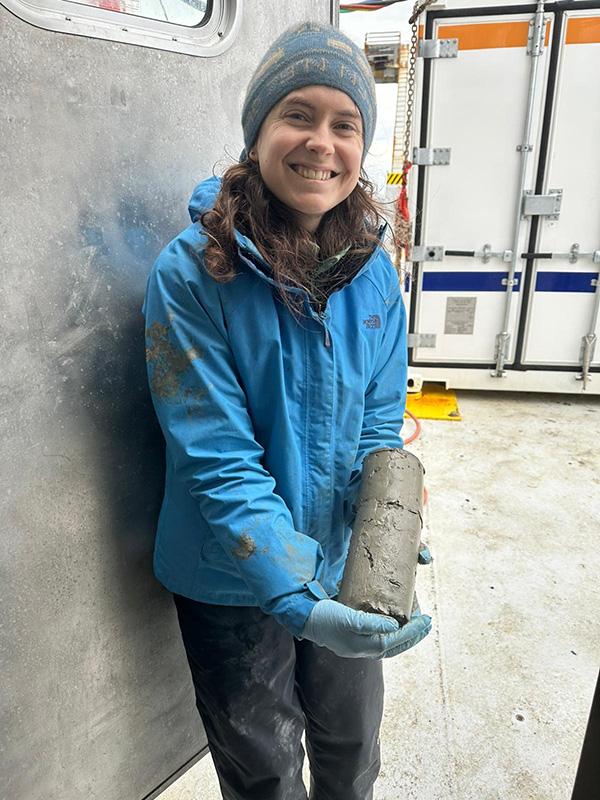
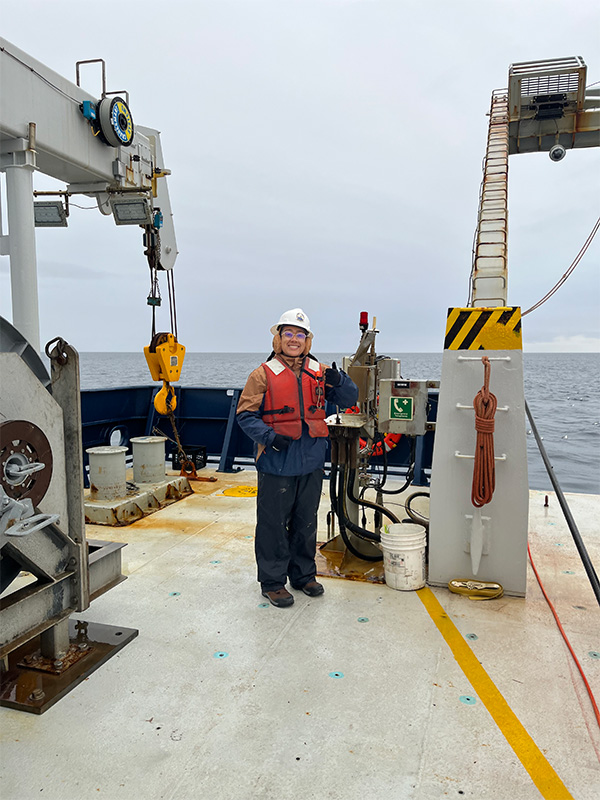

“So many things can happen during a day at sea; our work runs the gamut from cold, muddy, exhausting work on the deck to carefully pipetting small volumes of clean water at a lab table,” Herbert said. “We work 12-hour shifts, and the midnight team always starts with a crossover meeting with the day team in which they fill us in on what happened while we slept, maximizing our time on the ship and letting us get double the work done.”
For the research team, a typical day may include assisting with the recovery of the coring device on deck, carrying cores of sediments — plastic tubes filled with a plug of seafloor mud — into the lab, and extracting the sediments centimeter by centimeter.
While samples pulled up are from the surface layer of the ocean floor, they also inform scientists about deeper layers of the floor and hold clues about the ocean’s history. By studying sediments, which include the preserved remains of tiny creatures that lived in ancient ocean environments, scientists can gain insights about what the ocean was like thousands of years ago, including how warm or cold it was and if the water was more or less acidic than today.
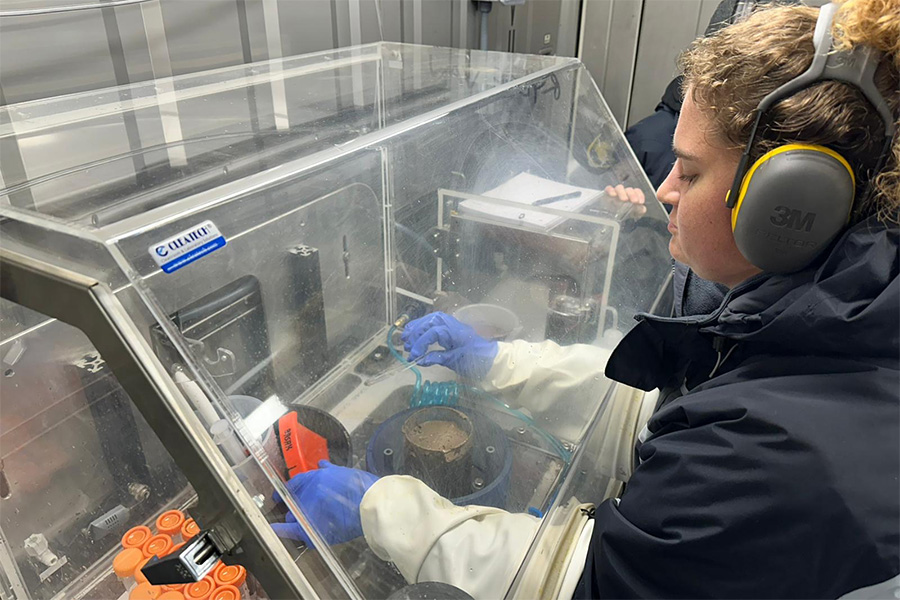
“Sometimes, if something isn’t easily visible, people don’t see the value in it,” said Ohayon, who earned her bachelor’s from the FSU Department of Biological Science in 2023 and her master’s in aquatic environmental science this spring. “The ocean is a dynamic and extremely interconnected system, so while it’s common to care about large marine animals and features like whales and coral reefs, it’s important to remember they wouldn’t exist without the smaller, less visible parts of the system, like iron in the sediments.”
The project’s other principal investigators include Sophie Hines, the expedition’s chief scientist and an assistant scientist at the Woods Hole Oceanographic Institution, Massachusetts; Chandranath Basak of the University of Delaware; Anthony Rathburn, of California State University, Bakersfield; and Hilde Oliver, assistant scientist at Woods Hole.
Additional expedition researchers hail from Dalhousie University, Nova Scotia; the Lamont-Doherty Earth Observatory at Columbia University, New York; Louisiana State University; Oklahoma State University; Rowan University, New Jersey; the University of Southern California; the University of Tasmania, Australia; and the University of Washington.
To learn more about research conducted in the FSU Department of Earth, Ocean and Atmospheric Science, visit eoas.fsu.edu.

